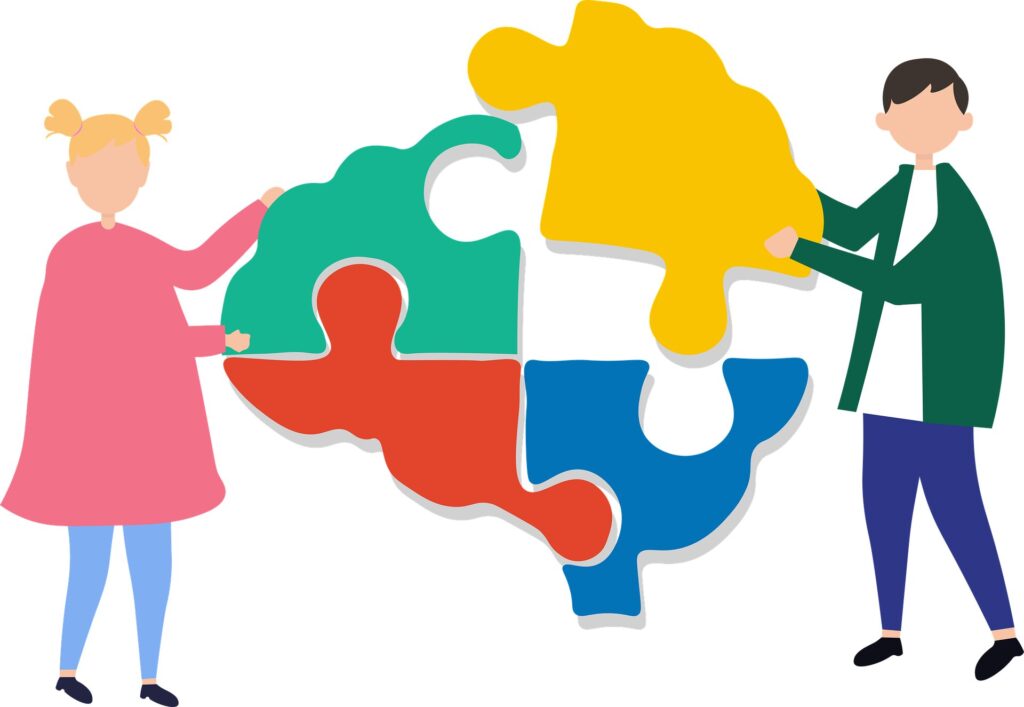
The term “autism spectrum” has become a staple in everyday language, often used to describe individuals who are “neurodivergent.” Coined in the 1980s by psychiatrist Dr. Lorna Wing, the concept revolutionized the understanding of autism in the UK. Her groundbreaking work shifted the perception of autism from a rare, narrowly defined condition to a broad range of traits and experiences.
However, the notion of a single spectrum, stretching from “mild” to “severe,” is increasingly seen as misleading. Some autism experts argue that the term has outlived its usefulness. The word “spectrum” often conjures images of a straight line, akin to colors arranged from red to violet, suggesting that autistic individuals can be ranked from “more autistic” to “less autistic.” This linear view fails to capture the complexity of autism.
Understanding Autism’s Complexity
Autism comprises a myriad of traits and needs, manifesting in unique combinations. Some individuals rely heavily on routine, others find solace in repetitive movements known as “stimming,” and some exhibit intense focus on specific topics, a concept referred to as “monotropism.” Additionally, autism is linked with physical conditions such as hypermobility, underscoring its multifaceted nature.
Despite this complexity, attempts to categorize persist. The American Psychiatric Association’s diagnostic manual divides autism into three “levels” based on the support a person requires, ranging from level 1 “requiring support” to level 3 “requiring very substantial support.” However, research suggests these levels are vague and inconsistently applied, often failing to reflect real-world experiences.
“Life circumstances can alter a person’s needs, with factors like burnout or life stages such as menopause increasing support requirements,” experts note.
The Debate Over Labels
Recently, the term “profound autism” was proposed by The Lancet commission for individuals with learning disabilities or high support needs. Critics argue this label is unhelpful, as it offers little insight into a person’s specific challenges or support needs. Similarly, the legacy of Asperger’s syndrome, introduced by Dr. Wing, has sparked controversy.
Asperger’s syndrome, named after Austrian physician Hans Asperger, who identified a subgroup of children he called “autistic psychopaths” during the Nazi era, is now viewed critically. Asperger’s association with the genocide of autistic individuals with higher support needs has led many to abandon the term, even if it was part of their original diagnosis.
“Dividing autistic people into categories or arranging them on a spectrum risks dehumanizing those with higher support needs,” warn campaigners.
Implications of Language and Perception
Underlying these debates is a concern that categorizing autistic individuals can lead to judgments about their societal value. In extreme cases, such hierarchies could fuel harmful political agendas, making those deemed less useful vulnerable to discrimination or worse. The political climate in the US, for instance, is causing anxiety among autistic communities.
US health secretary Robert F. Kennedy Junior’s recent comments on confronting the nation’s autism “epidemic” have sparked controversy. His claims linking paracetamol use during pregnancy to autism have been strongly refuted, yet they underscore the ongoing stigma surrounding autism.
The term “autism spectrum” is often used to avoid directly labeling someone as autistic, reflecting a societal view that being autistic is negative. Many autistic adults prefer the terms “autism” and “autistic,” emphasizing that autism is not a scale of severity but a different way of being.
“Moving away from the idea of a single spectrum could help recognize autism’s diversity and value autistic individuals as they are,” suggest experts.
As society grapples with the complexities of autism, shifting the narrative from a linear spectrum to a more nuanced understanding could foster greater acceptance and support for autistic individuals. Language shapes perception, and embracing the diversity of autism is a step towards inclusivity.






